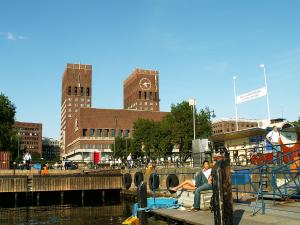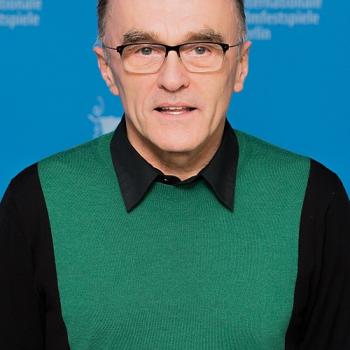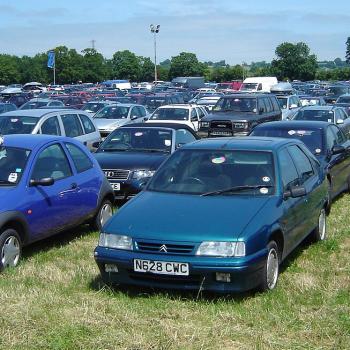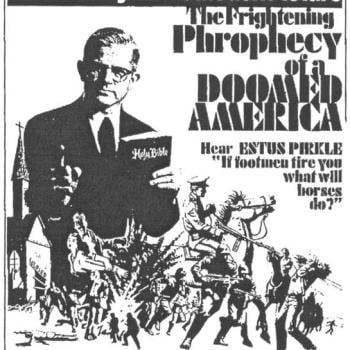
A vista Anders once perhaps found warm.
Source: Wikimedia
Joachim Trier’s Oslo, August 31st (2011) is the perfect film to watch as an early twenty-something male studying at a university. It’s saturated with wistfulness and ennui, a story of all that is existential, and, as we know from Fritz the Cat (1972), “existential” means “good, stupid.” It’s a sad movie, in its way even a selfish one, the sort of film that allows the young misanthrope to sigh at his (indeed, his) misfortune and shake his fist at a happiness that cannot be for him. Que sera, sera. Sera bad.
On another viewing (and with older, still jaded, but more measured) eyes, Trier’s second feature is more than that. It’s a meditation on addiction and escape, an analysis of the failures of our form of social organization through the eyes of the ultimate figure of our time: the addict. The post-2011 or so canard is that drugs only really became a problem in the US when white suburban teenagers began overdosing on Oxy and then heroin. Anders (Anders Danielsen Lie), our protagonist, is just such a person—a privileged, deeply bourgeois figure, who has lost all touch with that life of etiquette and niceties, freed by drugs from manners, yet bound forever to the emptiness left inside. He is comfortable. Norway has a substantial social safety net; he’s at no real risk of ending up homeless or squatting in a shack. He’s just empty—because of the drugs, because of the world, because of everything. I’m sitting here in 2022 and, well shucks, that’s not no one now.
Oslo stays with him for one day. He’s given furlough from rehab to return to the titular city, the place where he used to work and party, for a job interview. From the very start we know something is wrong; we follow Anders in wide shot, like a deer, making his way through field and forest. He’s just walked out of some anonymous woman’s bedroom, looking none-too-much like he enjoyed himself. As the camera cuts and the shots get closer, we see Anders along the water, putting rocks in his pockets. He lurches out into the deep, step by step, until submerged. The camera holds and the bubbles slowly squeak out until there are none. He resurfaces, not yet ready to die, or, at least, not yet ready to go through with what he wants. Thus begins his trip.
Like Bergman of old, Trier focuses quite a bit on conversations and typical human interactions. Anders visits friends, who are now successful in the world of writing (the world he once inhabited), and who have a kid. The father is worried about him; they debate, in alternating close-ups, who should be jealous of whom, who is good at what, and what there is to live for. Anders sits in a café as we cut from table to table, overhearing all the horrific banalities of other people’s lives. One pair jokes about a singer’s recent suicide. Others discuss their looming personal issues, petty to an observer’s ear. By the time he arrives at his job interview, he is deeply unnerved. When his future boss asks about the gap in his resume, Anders dejectedly confesses to his drug use, and, before his interviewer can get a word in edgewise, protests his mistreatment, hides his shame, and bemoans his way out of the job. From there, you can guess what happens. It ain’t pretty.
Anders is alienated from Oslo. He is of it, his memories are there, but he means nothing to it now. He is that speck in the grass from the opening shots. The city, once his love, the place that showed him the initial joy of drugs, is hostile in its indifference, a permanent reminder of his brokenness. This, in other words, is not just idle ennui, nor is it the café existentialism of a Beat hanger-on. No. Oslo, August 31st is a reminder of just how easily we chew ourselves up and spit ourselves out attempting to escape the inhuman world in which we find we must live. Many a place, a set of memories, we recall sweetly and happily has its roots in deep alienation or unease. Once we see our habits of consumption for what they really are, once we come to feel the hollowness of life in such an alienated and broken society, how can we go back to small talk? How can remove the stigma, our own sense of inadequacy, of failure? Who can forgive us? How and why?
We can’t. Anders is the canary in the coal mine in that respect. It’s a question more of us must confront than we might wish to admit. Addiction is often a solution. But even that can only last so long.













